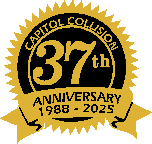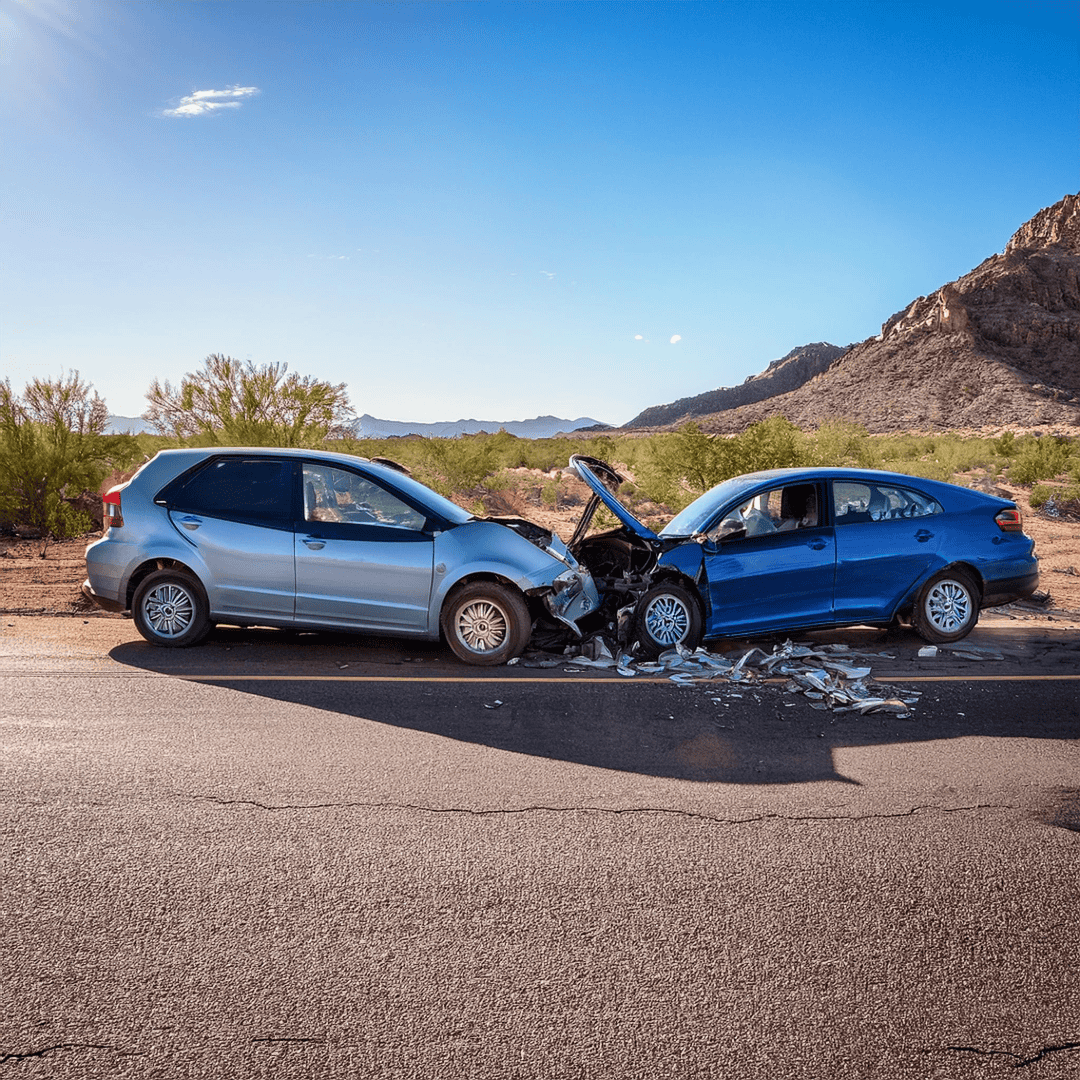A car is considered a total loss when the cost to repair the damage post-accident is more than what the car is worth (cost of repairs exceeds the replacement cost).
Basic Total Loss Information
A vehicle total loss exists when the value to fix the car is 70, 80, or even 90% of the total value of the car (it depends in your state law). For example, If the value of your car is $10,000 and if the estimate of repairs reach $7,000 ($8,000, or $9,000 depending in your location), then the car is a total loss. In general, the insurance companies know the value of the car before they inspect it and have a good understanding of vehicle values. Usually, a third party company hired by the insurance company (usually CCC Information Services Group, Inc, will do a preliminary evaluation of your car. They compile data of “sold” or “offered” vehicles in your local market to see the value of your car is “going for”, or selling on a daily (or weekly) basis in that market. This market includes dealers, both new and used, and private party sales. Once they determine the value of the car, (the Actual Cash Value or ACV) they compare it with the cost of repair estimate and they add the rental cost (if they would have to fix it, and you have rental coverage, the insurance company will take that into account), and determine if there is a vehicle total loss. See example below:
Actual Cash Value vs. Repair Costs
Example A: Your vehicle’s actual cash value: $10,000 Cost to repair: $3,000 Difference: $7,000. No, this would not be a total loss, because the cost to repair is less than the auto’s actual cash value.
Cost to Repair
Actual Cash Value
Difference
Example B: Your vehicle’s actual cash value: $10,000 Cost to repair: $11,000 Difference: $1,000. Yes, this would be a total loss, because the cost to repair is greater than the vehicle’s actual cash value. The driver’s vehicle may also be declared a total loss when the repair cost, plus the salvage value (money recouped when your vehicle is sold through a licensed salvage vendor) exceeds the vehicle’s actual cash value, or if required by state laws or regulations.
Cost to Repair
Actual Cash Value
Difference
Example C: Your automobile’s actual cash value: $10,000 Cost to repair to pre-loss conditions: $8500 Salvage value: $2000 Cost to repair + salvage value: $10,500. Yes, this would be a total loss because the cost to repair the vehicle to pre-loss condition, when added to the salvage value, is more than the car’s actual cash value. Another reason your car may be declared a total loss is if it cannot be safely or physically repaired to its pre-accident condition. At this point, the “real” evaluation of your car begins. The insurance adjuster will inspect, “condition” your car for prior damage, cleanness, etc. They will also look at equipment, options, and special features. They will determine if your auto is in excellent, normal, average, or below average conditions (or similar terminology). They will re-submit that information to CCC (or other third party company)
Cost to Repair
Actual Cash Value
Cost to Repair + Salvage Value
If you have any questions, please ask. Our team is happy to answer your questions. We believe in communication and know that you are our customer, not the insurance company or a claims adjuster.
We can help you navigate the claims process and if needed a possible loss process with your auto insurance. Your time is important and our shop deals with insurance companies often, we are happy to help. There is a reason we have been a premier body shop in Phoenix since 1988 and also why we are one of the most reviewed auto body shops in Phoenix (Google Reviews). With an A+ Rating with BBB and a lifetime warranty you know you can depend on Capitol Collision.


